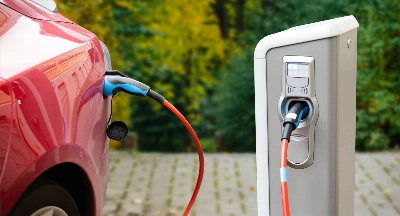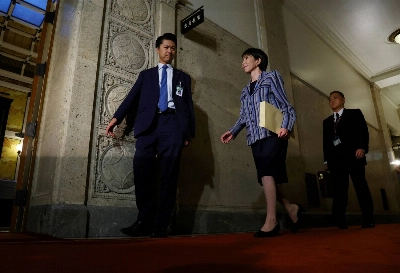Prime Minister Naoto Kan and visiting Indian Prime Minister Manmohan Singh agreed Monday to activate a comprehensive economic partnership. If the CEPA goes into effect, probably next year, it will accelerate Japan's exports to and investment in India and thus raise bilateral economic relations to a new level.
As Mr. Singh points out, the crux of the CEPA lies in combining Japan's capital and technology with India's market. India is a large market with a population of 1.2 billion; its gross domestic product grew 7.4 percent last year. Under the CEPA, both countries will eliminate tariffs on 94 percent of two-way trade over 10 years. The two leaders also agreed to cooperate in developing mines of rare metals and rare earth elements in India.
In its attempt to expand economic activities in India, Japan has been lagging behind South Korea, which already has an economic partnership agreement with India. The Japan-India CEPA will not only help Japanese firms catch up with Korean firms but also help Japan reduce its economic dependence on China. Japan can also contribute to removing obstacles to India's economic development by helping improve the country's infrastructure, such as roads, railways, city water works and power plants.


















With your current subscription plan you can comment on stories. However, before writing your first comment, please create a display name in the Profile section of your subscriber account page.